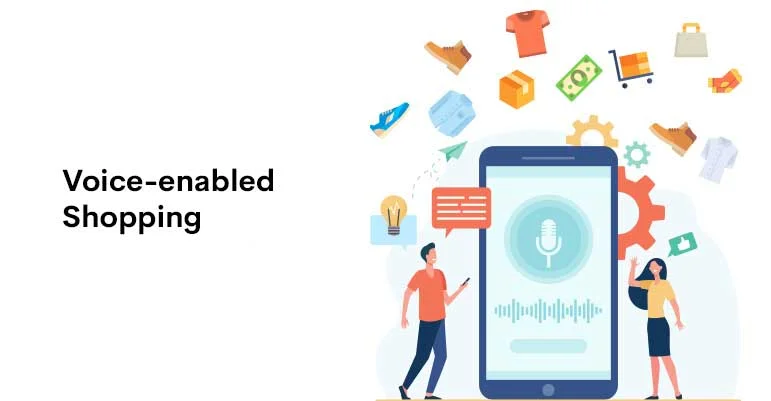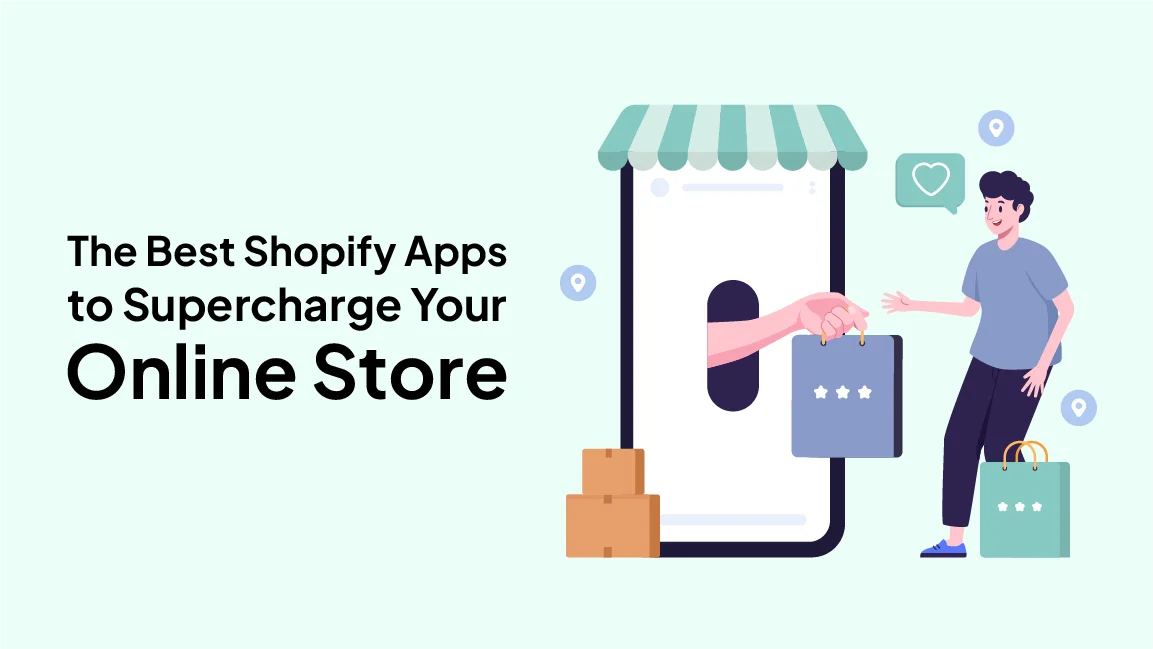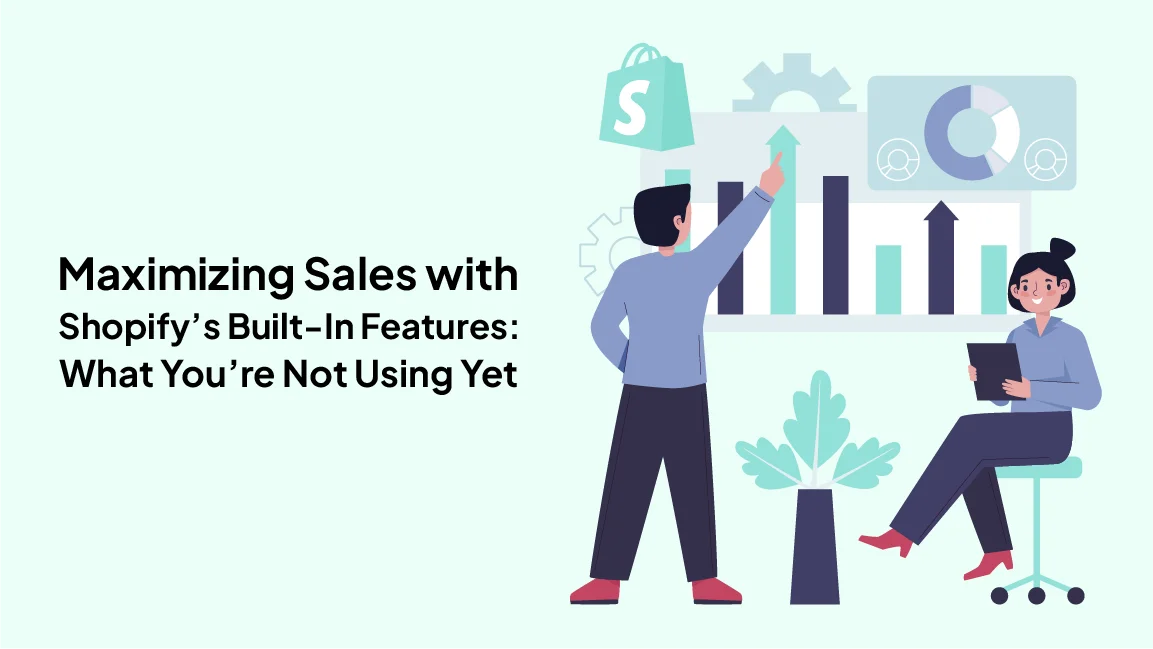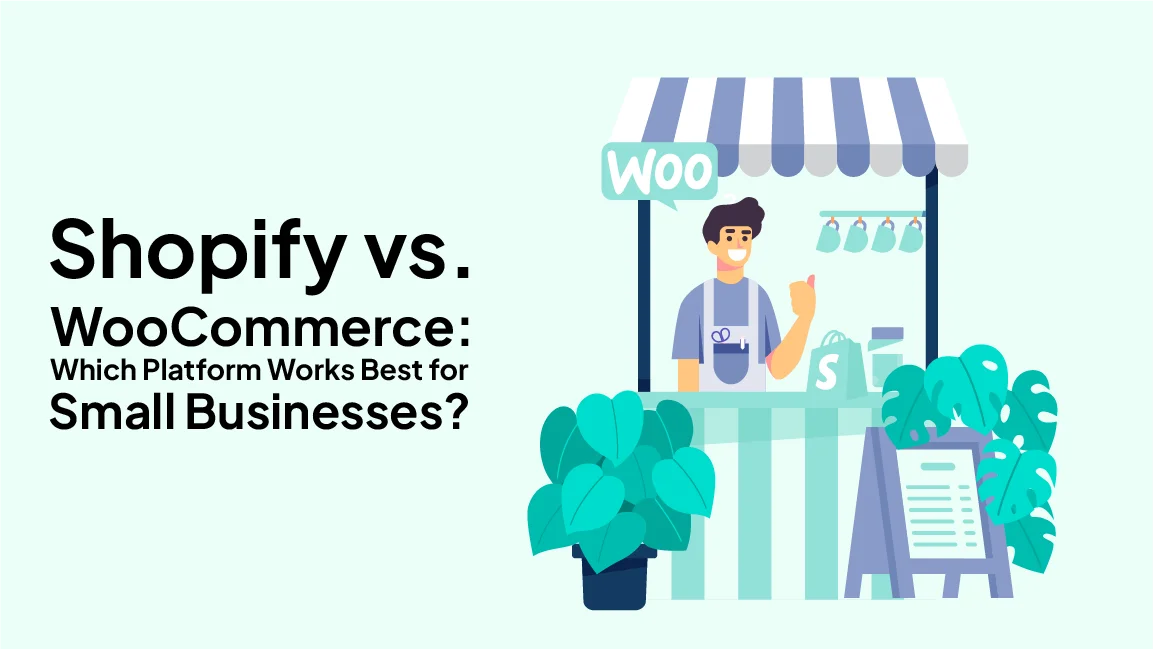Voice enabled shopping has become one of the most talked-about topics in the retail industry. With the proliferation of smart speakers and virtual assistants, more and more consumers are using their voices to purchase products and services. In this blog post, we will discuss what voice-enabled shopping is, how it works, and its benefits for both retailers and consumers.
What is Voice-Enabled Shopping?
Voice-enabled shopping is the process of purchasing products or services using voice commands. This technology is made possible by smart speakers like Amazon Echo, Google Home, and Apple HomePod, which come equipped with virtual assistants like Alexa, Google Assistant, and Siri, respectively. Consumers can interact with these devices by speaking out loud and giving voice commands, such as “”buy this product”” or “”order this service.””
How Does Voice-Enabled Shopping Work?
Voice-enabled shopping works by connecting the consumer’s smart speaker to their online shopping account. The consumer first sets up their shopping account by providing payment and delivery information. Once the account is set up, the consumer can start shopping by using voice commands. The virtual assistant will search for the product or service the consumer wants to purchase and present them with options. The consumer can then choose which product or service they want to buy and confirm the purchase with their voice.
Benefits of Voice-Enabled Shopping
Voice-enabled shopping offers several benefits for both retailers and consumers. For retailers, this technology allows them to reach a wider audience by offering an additional sales channel. It also provides a more personalized shopping experience for consumers. Retailers can use the data collected from voice-enabled shopping to understand consumer behavior and preferences and tailor their marketing strategies accordingly. For consumers, voice enabled shopping provides a more convenient and hands-free shopping experience. Consumers can shop from the comfort of their homes without having to use a computer or mobile device. This technology also simplifies the checkout process by eliminating the need to enter payment and delivery information manually. Voice enabled shopping also benefits consumers with disabilities or limited mobility. For example, visually impaired individuals can use this technology to shop independently. Older adults or individuals with physical disabilities can also benefit from the hands-free and convenient nature of voice-enabled shopping.
The Future of Voice-Enabled Shopping
Voice-enabled shopping is still in its early stages, but it is rapidly growing in popularity. According to a report by eMarketer, the number of US voice-enabled speaker users is expected to reach 83.1 million by 2022, up from 39.3 million in 2018. This trend indicates that voice enabled shopping is becoming an increasingly important sales channel for retailers. As this technology evolves, we can expect to see more retailers adopting voice enabled shopping and integrating it into their marketing strategies. We can also expect to see improvements in the accuracy and functionality of virtual assistants, making voice enabled shopping even more seamless and convenient for consumers.
Conclusion
Voice enabled shopping is changing the way consumers shop and interact with retailers. This technology offers several benefits for both retailers and consumers, including convenience, personalization, and accessibility. As voice enabled shopping continues to grow in popularity, retailers that adopt this technology will have a competitive edge over those that do not. Consumers can expect a more convenient and personalized shopping experience with the hands-free and easy nature of voice enabled shopping.








